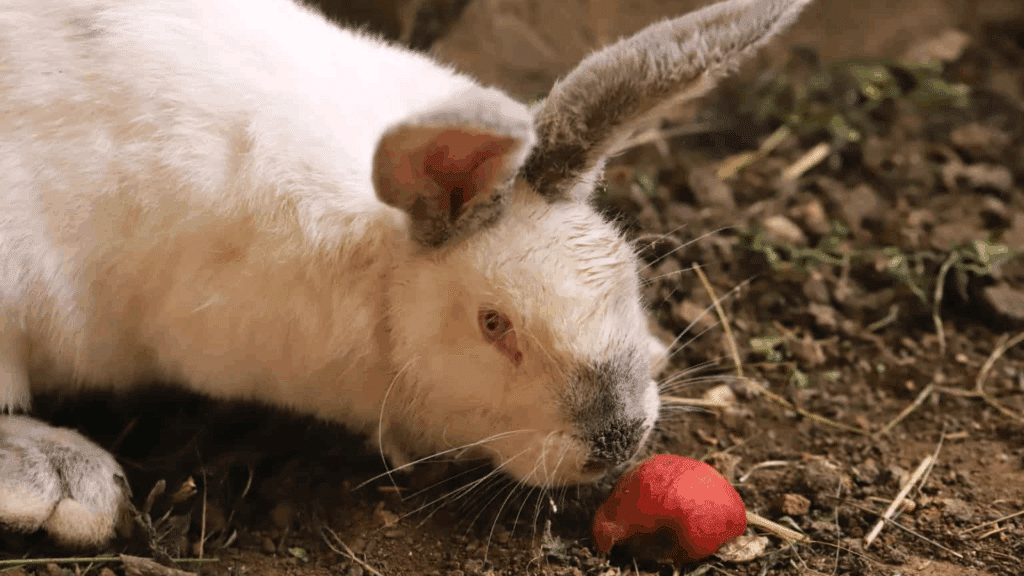I often spot wild rabbits hopping through my garden early in the morning, nibbling on leaves and grass. Watching them made me wonder what they actually eat, and what they shouldn’t.
If you’ve ever wanted to feed them or simply understand their habits, this guide is for you.
In this post, I’ll share:
- What wild rabbits eat in nature
- Foods that are unsafe for them
- Simple ways you can support their diet naturally
Wild rabbits are gentle, curious animals that rely on a natural diet to stay healthy. Knowing what’s safe for them helps you protect these little visitors without upsetting their balance in the wild.
Whether you care for nearby rabbits or just want to learn more, you’ll find simple tips on what to feed and what to avoid.
What Do Wild Rabbits Eat?
Wild rabbits rely on natural foods they find outdoors to stay healthy through every season. Their diet changes with the weather, but they always stick to simple, plant-based foods that grow naturally around them.
1. Grasses
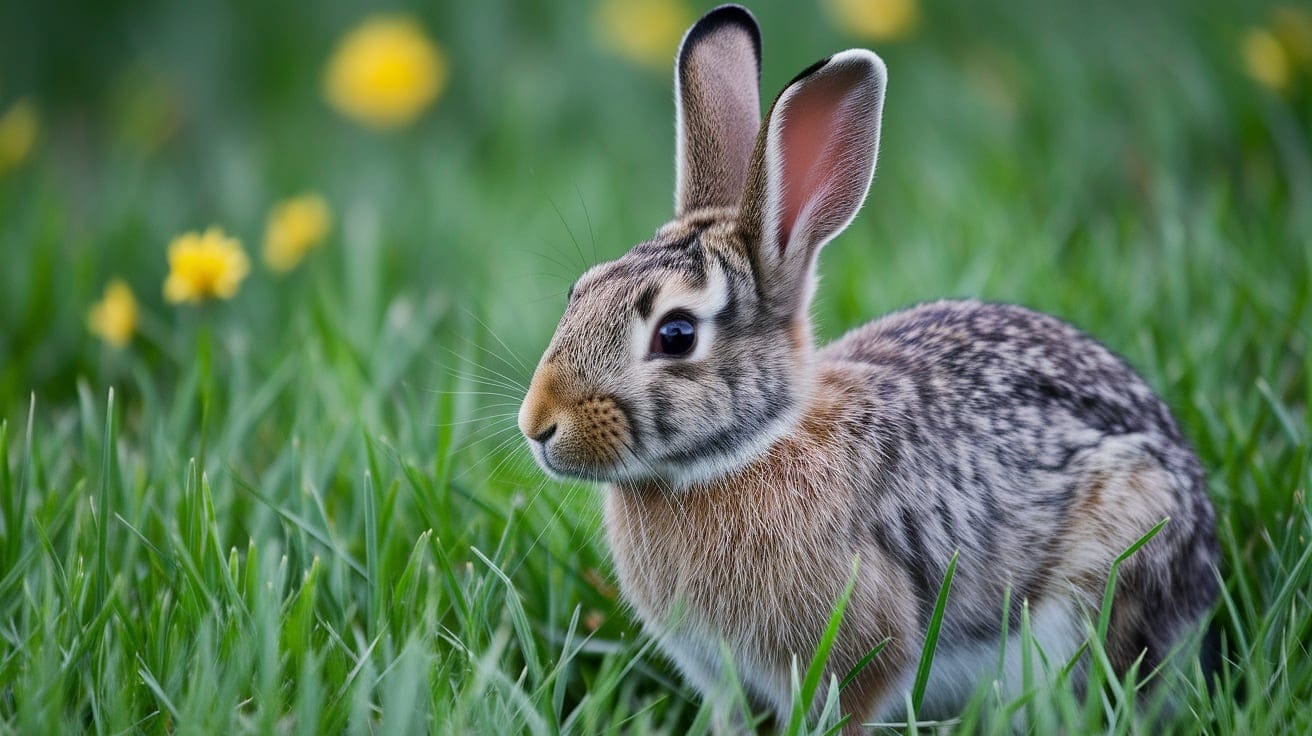
Wild rabbits eat a lot of grasses like ryegrass, fescue, bluegrass, and meadow grass. I’ve seen them grazing early in the morning or just before sunset when it’s quiet and cool.
Grass is rich in fiber, which helps their digestion and keeps their teeth from wearing down.
Rabbits prefer fresh, soft blades over old, dry patches. Even in cooler months, they’ll nibble on any green growth that remains.
If your yard has untreated grass, it naturally provides safe and healthy food for them year-round.
2. Clover
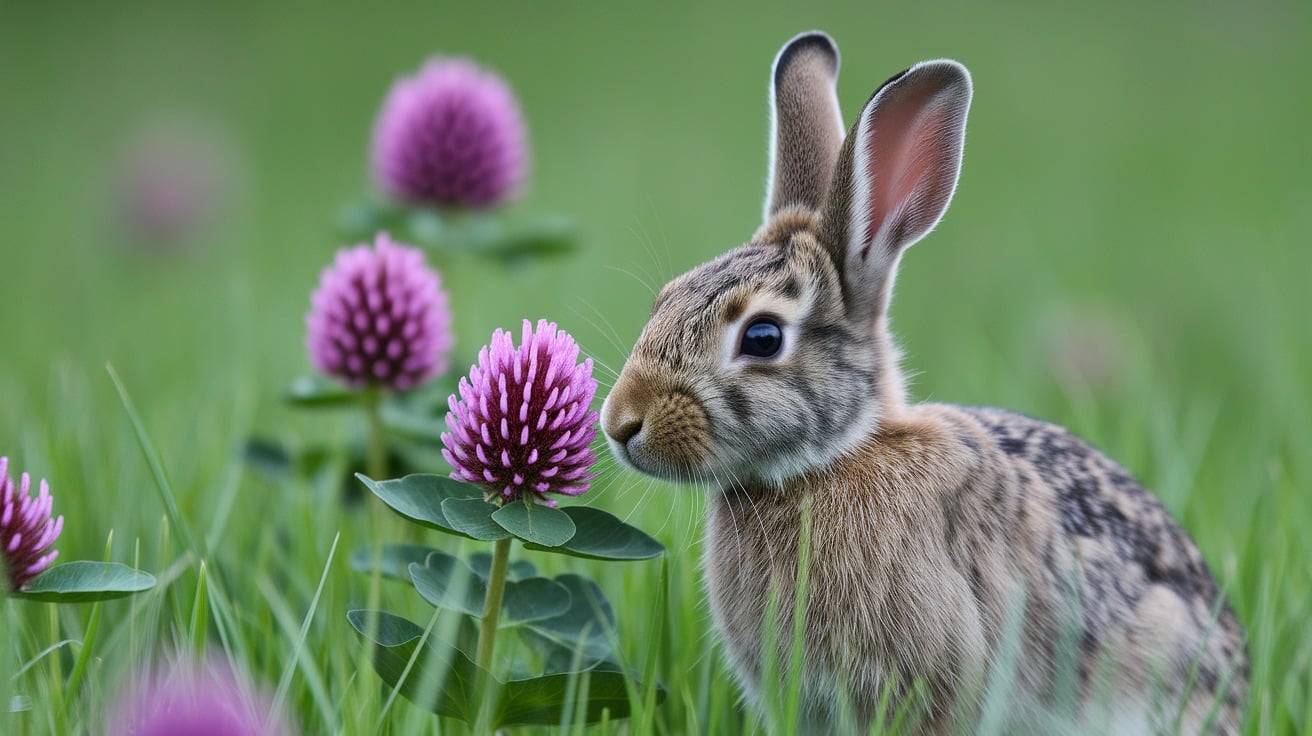
Clover is one of the most loved foods of wild rabbits. They eat both red and white clover, choosing the tender leaves and flowers first.
Clover is packed with nutrients, such as protein, calcium, and fiber, that help keep rabbits active and strong.
I often see them resting in clover patches, eating quietly while staying alert to sounds. During fall, when greens are limited, rabbits still seek dried clover for its taste and nutrition.
Letting clover grow freely in your garden supports its natural diet safely.
3. Herbs

Wild rabbits enjoy herbs such as dandelion, plantain, yarrow, and chicory. These grow naturally in many open spaces, so rabbits rarely go hungry when they’re around.
I’ve noticed they pick young leaves because they’re soft and full of flavor. These herbs provide essential vitamins and minerals, keeping their diet balanced.
In fall, as plants start to fade, rabbits eat whatever herbs remain, often digging lightly to reach roots.
Allowing these natural plants to grow helps wild rabbits stay nourished through the changing seasons.
4. Leafy Greens

Leafy greens like lettuce, kale, spinach, and cabbage are favorites during spring and summer. I’ve seen wild rabbits eat the tender leaves from wild plants or garden greens if they’re available.
These foods offer hydration and energy when the days are warm.
In fall, they eat leftover garden greens or fallen leaves when fresh growth slows. If you grow greens outdoors, stick to safe types like romaine or kale.
Avoid giving store-bought vegetables since wild rabbits are healthiest when they find natural food on their own.
5. Twigs and Bark

During winter, when most plants die back, wild rabbits rely on twigs and bark to survive. They chew on small branches and tree bark from willow, apple, birch, maple, or pine.
I often notice chew marks on trees after a snowy night; it’s how they find nutrition when other food is scarce.
Twigs and bark help them get fiber and keep their teeth trimmed.
Though it’s tougher to chew, it’s an important food source that keeps them healthy through the cold months until new plants return.
6. Leaves and Shrubs
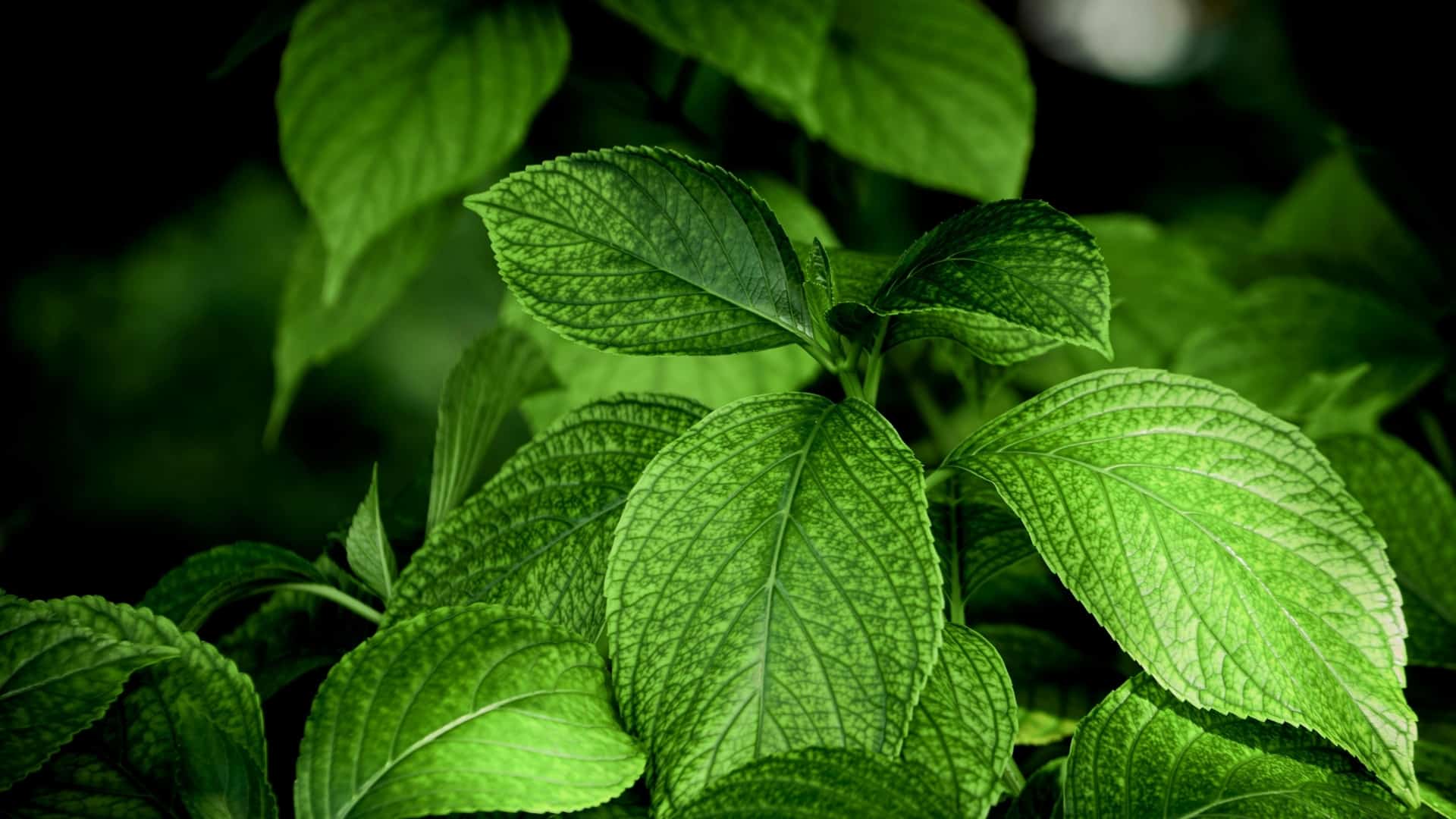
Wild rabbits also eat leaves and shrubs from plants like raspberry, blackberry, and rose bushes.
They prefer new shoots and soft leaves, but in fall and winter, they’ll also eat dried leaves and woody stems when fresh food runs out.
I’ve seen them hiding under bushes, nibbling on branches while staying safe from predators.
These plants provide both food and shelter. Keeping a few native shrubs in your garden gives rabbits a natural source of nutrition and a safe space year-round.
7. Roots and Tree Buds
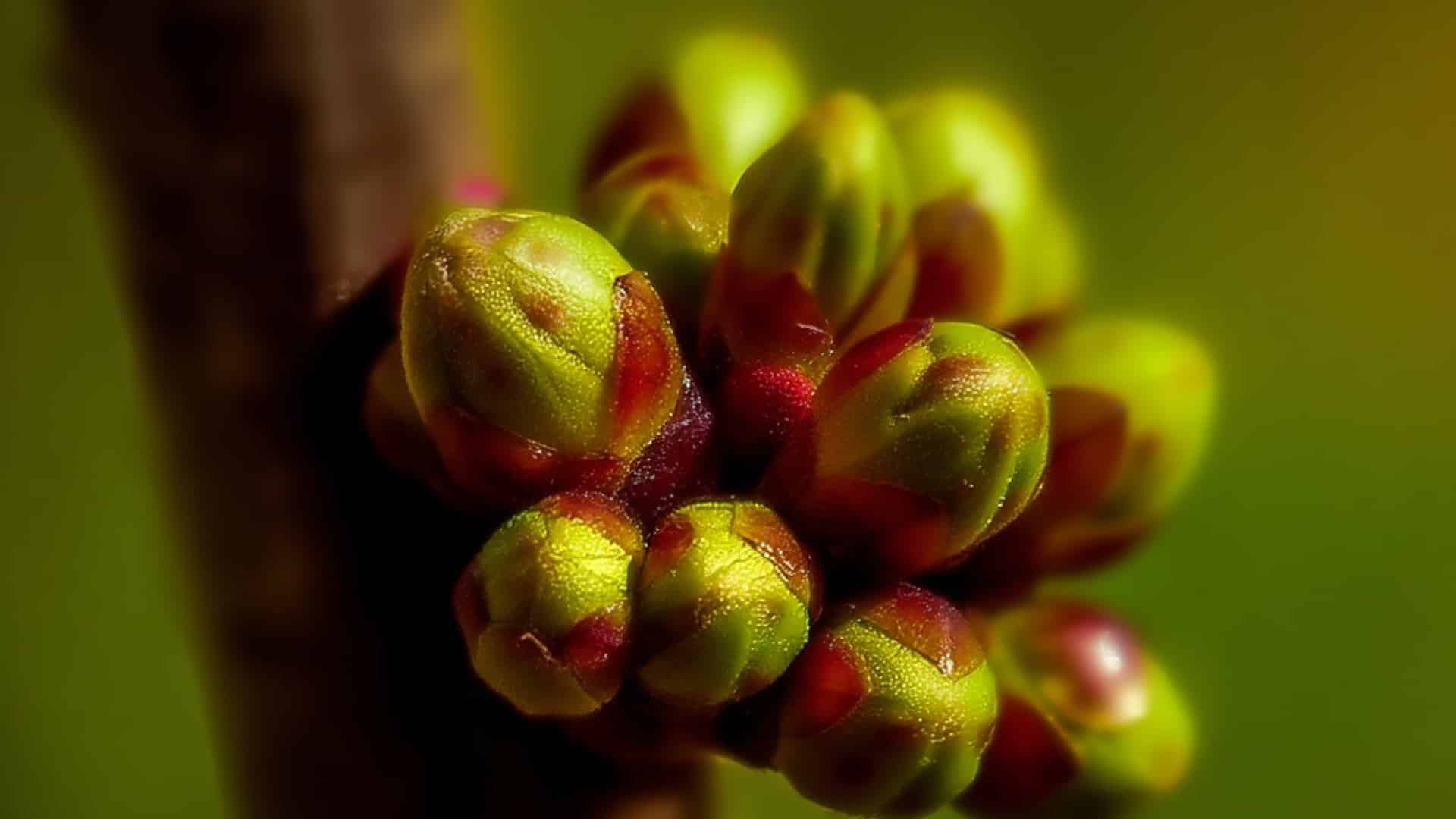
In harsh winter months, wild rabbits dig for roots and tree buds when snow covers the ground. They eat roots from grasses, weeds, and small plants to get the nutrients they need.
I’ve seen them reach up to nibble on buds and twigs of low tree branches, too.
These foods help them survive when little else is available.
If you spot rabbits in your yard during winter, they’re simply trying to find what nature still offers beneath the surface or among bare branches.
How Much and How Often to Feed Wild Rabbits?
I’ve learned that when it comes to feeding wild rabbits, less is always better.
In nature, rabbits eat small amounts throughout the day, mostly in the early morning and late evening.
If you decide to feed them, keep portions small, just enough to supplement what they already find on their own. Stick to natural foods like fresh greens, herbs, and grasses.
Avoid feeding them daily or in large amounts, as it can make them dependent on humans and stop them from foraging naturally.
It’s best to let them find most of their food in the wild while you simply provide safe, natural options nearby.
Signs a Wild Rabbit’s Diet Is Healthy
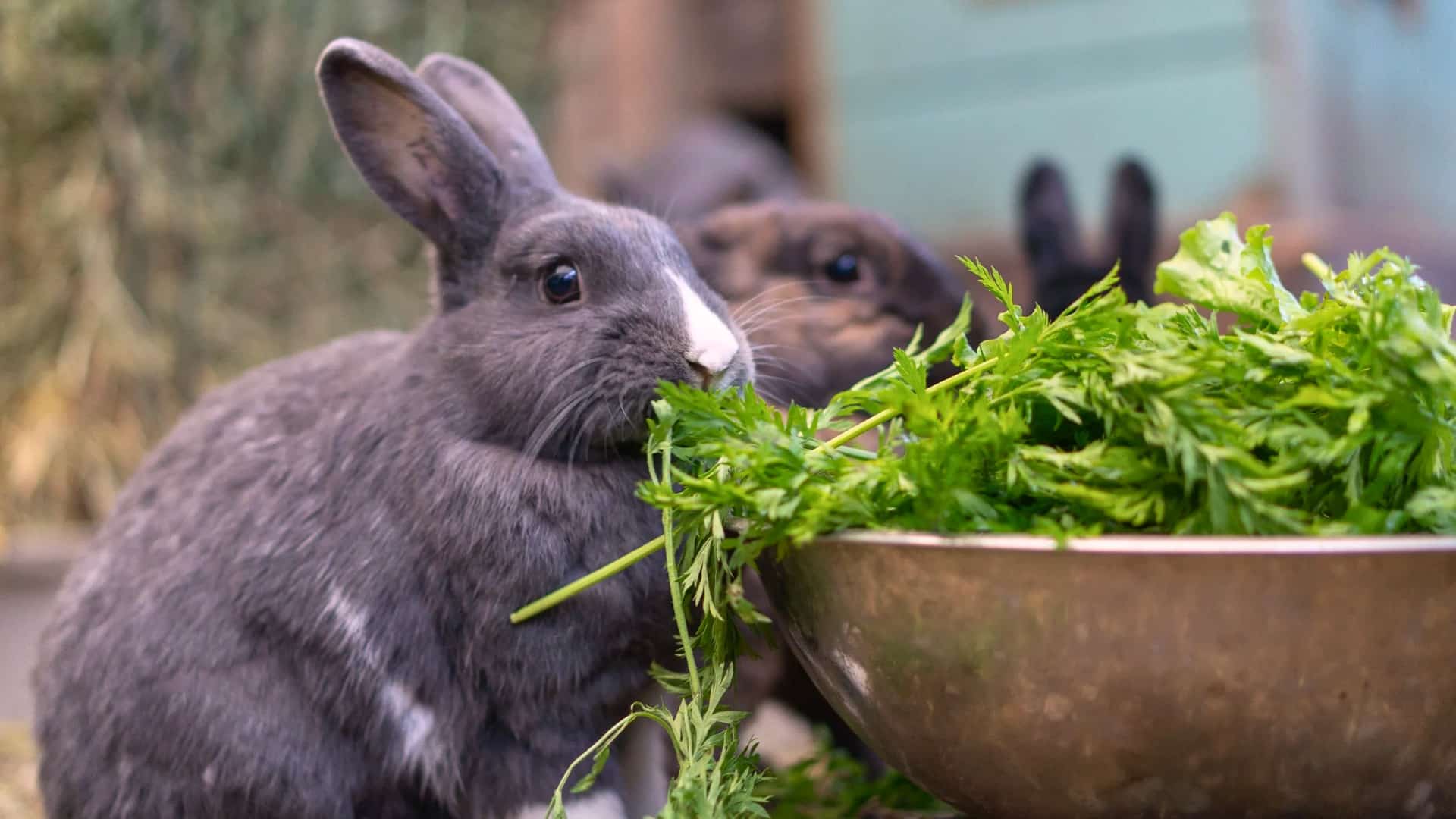
A healthy wild rabbit is easy to spot once you know what to look for.
- Active movement: Healthy rabbits are alert, quick, and often seen hopping or foraging confidently.
- Smooth, shiny coat: Their fur should look clean and full, not patchy or dull.
- Clear eyes and nose: No discharge or crust shows they’re getting proper nutrients.
- Normal droppings: Round, dry pellets mean their digestion is working well.
- Regular foraging behavior: You’ll see them grazing early mornings or evenings, finding natural food on their own.
- Steady body shape: A healthy rabbit looks firm and well-fed, not too thin or bloated.
- Calm but cautious behavior: They should seem relaxed when safe but still alert to sounds around them.
Their appearance and behavior tell you a lot about how well they’re eating and thriving in their environment.
Foods You Should Never Give to Wild Rabbits
I’ve seen many people offer wild rabbits food that seems harmless but can actually hurt them. You should never feed wild rabbits bread, crackers, cereal, or pasta.
These foods are hard for them to digest and can cause bloating or stomach pain.
Dairy products like milk or cheese are also unsafe since rabbits can’t process lactose. Avoid sugary snacks such as fruit treats or sweets, as they upset their digestion and lead to serious health problems.
Some garden plants, including onions, potatoes, rhubarb, and tomato leaves, are toxic to rabbits and can make them very sick.
The safest food is what they naturally find. Keeping their diet natural helps protect their health and keeps them living as wild animals should.
Simple Ways to Support Wild Rabbits Naturally

You don’t have to do much to make your garden a safe place for wild rabbits. A few simple changes can help them find food, water, and shelter without making them dependent on humans.
- Plant native greens: Grow grasses, clover, herbs, or dandelions that rabbits naturally eat.
- Leave safe hiding spots: Keep some bushes, tall grass, or brush piles where they can rest and hide from predators.
- Provide clean water: A shallow bowl or birdbath with fresh water helps, especially in dry months.
- Avoid chemicals: Stay away from pesticides or weed killers, as they can harm rabbits and their food sources.
- Let parts of your garden stay wild: Don’t trim everything; a natural mix of plants supports their feeding and nesting habits.
Conclusion
Wild rabbits do best when they live and eat the way nature intended.
I’ve learned that they don’t need much help, just a safe, natural space where they can find their own food.
The best thing you can do is offer gentle support: grow native plants, leave some areas for foraging, and keep fresh water available.
Avoid giving them human foods or hand-feeding them, even if it feels kind.
These habits can make them sick or too dependent. By keeping their world natural, you help them stay healthy, alert, and truly wild.
Every small choice, like letting grass grow or skipping pesticides, makes a real difference in their lives.





